Monster Hunter Wilds Interview: Meet Nu Udra, Apex of the Oilwell Basin – IGN First
From arid deserts and vibrant forests to fiery volcanoes and icy tundras, the Monster Hunter series boasts a breathtaking array of environments, each teeming with unique ecosystems and a diverse cast of monsters. Exploring these uncharted territories, traversing their landscapes as you hunt, is a core element of the Monster Hunter experience. This holds true for *Monster Hunter Wilds*, the latest addition to the franchise. Following the Windward Plains and Scarlet Forest, hunters will venture into the harsh Oilwell Basin, a land scarred by flames and oilsilt. Here, they'll navigate treacherous terrain of viscous oil and blazing magma. Despite its seemingly barren appearance, closer inspection reveals a surprising abundance of life: small creatures wriggling in the mire, and remnants of an ancient civilization scattered throughout.
Yuya Tokuda, director of both *Monster Hunter: World* and *Monster Hunter Wilds*, sheds light on the Oilwell Basin's design:
"During the Fallow, the Oilwell Basin is a place of mud and oil. The Inclemency, known as the Firespring, burns away the oilsilt, and during the Plenty, the burned oil and soot vanish, revealing minerals, microorganisms, and the original colors of hidden artifacts," he explains.
Down in the Muck
We delve deeper into the Oilwell Basin's conceptualization with Kaname Fujioka, director of the first *Monster Hunter* game and executive director and art director for *Wilds*:"With the Windward Plains and Scarlet Forest offering horizontally expansive locales, we decided to create a vertically connected environment in the Oilwell Basin," Fujioka states. "The environment subtly changes between the upper, middle, and lower strata. Sunlight reaches the upper strata, where oil gathers like mud. The deeper you go, the hotter it becomes, with lava and other substances."
Tokuda adds: "From the middle to lower strata, you'll find creatures reminiscent of aquatic life, similar to deep-sea or underwater volcano inhabitants. In *World*, we created the Coral Highlands ecosystem based on the idea of aquatic creatures living on the surface. We applied that knowledge to the Oilwell Basin's creatures and ecosystem."
A blazing wasteland teeming with life during the Plenty, Fujioka highlights the intended contrast:
"During the Fallow and Inclemency, smoke billows from everywhere, like a volcano or hot spring. But during the Plenty, it takes on a clear, marine-like tone. Observe the environmental biology closely, and you'll find creatures typical of the ocean bed."
The Oilwell Basin's ecosystem differs significantly from others. While seemingly lifeless under the oilsilt, shellfish like shrimp and crabs thrive beneath the surface, alongside small monsters providing raw meat. Large monsters prey on smaller ones, which in turn filter and consume microorganisms from the environment and oilsilt. These microorganisms derive energy from geothermal heat. Unlike the sunlight and vegetation-based ecosystems of the Windward Plains and Scarlet Forest, the Oilwell Basin thrives on geothermal energy.
The Oilwell Basin's large monsters are equally unique. Rompopolo, a globular, noxious creature with a needle-like mouth, is a prime example. Fujioka explains its design:
"We designed it as a mischievous swamp-dweller that uses stored toxic gas to disrupt hunters. The concept of a mad scientist frequently emerged during design, inspiring its chemical purple color and glowing red eyes. Surprisingly, the craftable equipment is quite cute, as is its Palico equipment."
Tokuda agrees, calling the Rompopolo Palico equipment "amusing." The unique design and charm are evident in gameplay.
Flames of Ajarakan
Ajarakan, another new monster, resembles a massive, flaming gorilla, yet possesses a slimmer silhouette than the Scarlet Forest's Congalala.
Ajarakan, another new monster, resembles a massive, flaming gorilla, yet possesses a slimmer silhouette than the Scarlet Forest's Congalala.
Videos showcase Ajarakan's territorial battles with Rompopolo, employing a bear hug and martial arts-inspired attacks. Tokuda explains the design choices:
"Typically, fanged beasts have low hips, placing their heads at hunter eye level, potentially obscuring the threat. We aimed for a top-heavy, towering silhouette for Ajarakan, adding flame elements and wrestler-like grabs to highlight its strength. Its attacks combine strength, physicality, and flames, such as melting and tossing objects."
Fujioka adds: "With unique monsters already present, we thought a straightforwardly powerful monster would be a good addition—hence Ajarakan. Its attacks involve punching or slamming the ground to create flames, emphasizing simple yet powerful attacks."
Ajarakan's high position in the Oilwell Basin's ecosystem contrasts with Rompopolo. Its flashy appearance and flame-infused attacks highlight its dominance. Fujioka discusses Ajarakan's personality development:
"Initially, it was just physically powerful. We collaborated with artists and designers to enhance its personality. Being in a fiery location, we utilized flames and heat, but avoided simple fire-breathing. The design evokes a Buddhist deity, Acala, with flames seemingly adorning its back. Its rising internal temperature allows it to melt anything, adding to its intimidating presence. The threat of being hugged by such a scorching creature is intended to be terrifying."
Unlike Rompopolo's trickery, Ajarakan focuses on straightforward power. To avoid monotonous movements, flashier attacks were added during development.
"We incorporated various techniques, such as jumping, balling up, and falling to the ground," Fujioka explains.
A Monster Generations in the Making
The Oilwell Basin's apex predator, a black flame-wreathed creature with octopus-like tentacles, is finally revealed: **Nu Udra**. Its flammable oil-coated body writhes across the landscape. Similar to the Windward Plains' Rey Dau (lightning) and the Scarlet Forest's Uth Duna (water), Nu Udra utilizes the element of its environment. The developers confirm the octopus inspiration, despite its unusual setting.
"Yes, octopuses," Fujioka confirms. "We aimed for a striking silhouette when it rises, giving it demonic horns, while obscuring its face."
Tokuda explains the demonic influence on Nu Udra's battle music:
"The composers incorporated phrases and instruments reminiscent of black magic, resulting in a unique and fitting piece."
Nu Udra's tentacle movements draw inspiration from monsters like Lagiacrus (Monster Hunter Tri). Both Tokuda and Fujioka had long desired to create a tentacled monster of this nature.
"One concept in *Tri* was underwater combat, so I proposed an octopus-shaped monster, emphasizing its underwater movements," Tokuda recalls. "There were challenges, including technical limitations, but I held onto that proposal."
Fujioka discusses the influence of past tentacled monsters like Yama Tsukami and Nakarkos on Nu Udra's design:
"We're interested in using such monsters strategically, as their silhouettes and impressions differ from standard monsters. While too many unique monsters can lead to fatigue, introducing them at the right moment creates a strong impact. Yama Tsukami's appearance in *Monster Hunter 2 (Dos)*, floating above the mountains, creates an adventurous feeling, similar to cryptids."
Tokuda adds, "I'm the one who placed Yama Tsukami there." While technological limitations prevented similar actions for Yama Tsukami as Nu Udra, the goal was to create a lasting impression.
The developers' dedication to monster creation is evident. Nu Udra's realization represents a significant achievement for both Tokuda and Fujioka.
"While Yama Tsukami and Nakarkos attacked with fixed tentacles, Nu Udra utilizes its cephalopod traits for free movement, creating novel gameplay," Tokuda explains.
Fujioka adds: "Tentacled monsters pose technical challenges, such as terrain and target control. *Wilds*' development saw successful technical tests, making it possible."
Tokuda notes Nu Udra's impact:
"Seeing the tests, we decided to make it the Oilwell Basin's apex predator. It has a huge impact."
Nu Udra's animations showcase meticulous detail. After taking sufficient damage, it wraps itself around ancient pipes to navigate the terrain, even entering small holes seamlessly. Fujioka highlights the challenges faced by the art team:
"We worked extensively on depicting flexible bodies. We start with ambitious ideas, regardless of feasibility. It challenges our artists, but the results are amazing."
New technologies enable the team to realize their accumulated ideas. Tokuda recalls a memorable moment during development:
"When we implemented the hole-entering movement, an animator asked me to wait to see it enter the hole. I remember saying, 'That's amazing!' The animator was very satisfied."
Fujioka expresses pride in Nu Udra's detailed movements:
"The way it squirms around a pipe is incredibly well-made. Only games can depict such things in real-time. I'm proud of it as a testament to the staff's efforts."
Nu Udra presents a significant challenge. Its flexible body makes finding openings difficult. Close proximity triggers powerful counterattacks. Severing tentacles shortens its area-of-effect attacks, and the severed tips thrash on the ground. Tokuda clarifies the tentacle severing mechanics:
"Many tentacles can be severed. All ground-touching leg-like parts are severable. Severed tentacles thrash initially, then rot, yielding poor materials if carved later. This applies to other monsters' breakable parts."
Nu Udra's attacks are characterized by a unique tempo, combining focused and area-of-effect attacks. Light-emitting sensory organs at the tentacle tips indicate attack targets, preventing confusion in multiplayer hunts. Flash Bombs are ineffective due to Nu Udra's lack of vision.
Tokuda offers advice on defeating Nu Udra:
"Its soft body and numerous breakable parts require strategic attacks. Severing tentacles reduces area-of-effect attacks, improving maneuverability. Multiplayer hunts are advantageous, splitting targets. SOS flares and Support Hunters are recommended."
Fujioka adds: "Its design encourages an action-game-like approach, where part destruction facilitates victory. Gravios is a similar example, requiring armor destruction. Careful observation and decision-making align with Monster Hunter's core gameplay."
A Welcome Reunion
Fujioka mentions Gravios, last seen in *Monster Hunter Generations Ultimate*. Gravios, a rocky-carapace monster emitting hot gas, is a perfect fit for the Oilwell Basin.
Tokuda explains Gravios' return:
"Considering the Oilwell Basin's environment, game progression, and avoiding similarity to other monsters, Gravios provides a fresh challenge."
Gravios' hardened body presents a formidable challenge. Attacking its carapace creates red wounds, enabling Focus Strikes. Tokuda elaborates on Gravios' design in *Wilds*:
"We maintained its hardness. From a game design perspective, it appears after significant game progression. Initially defeating its hard body is difficult, but hunters discover clues using the wound system and part breaking."
All Monsters in Monster Hunter Wilds

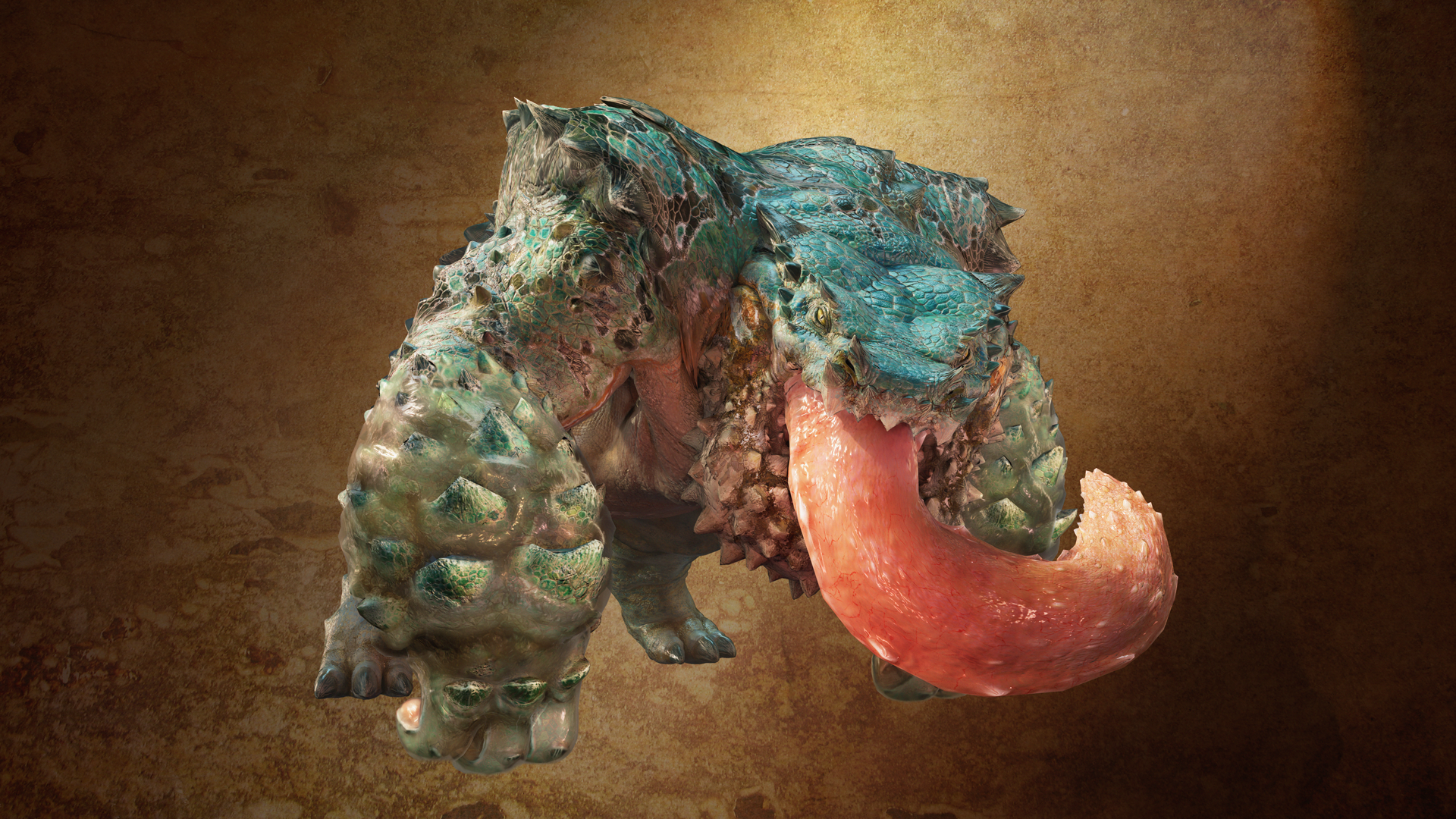 17 Images
17 Images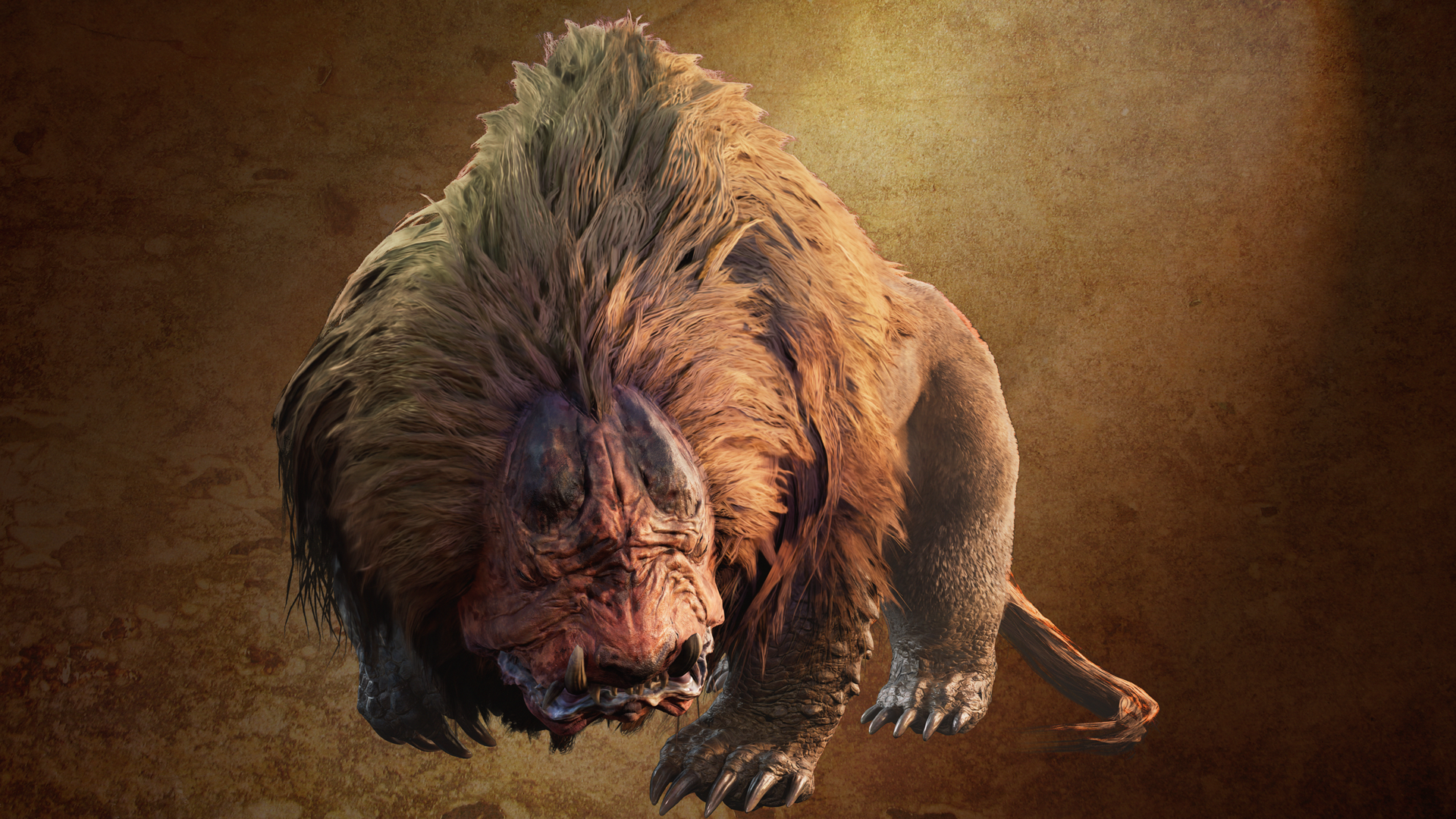
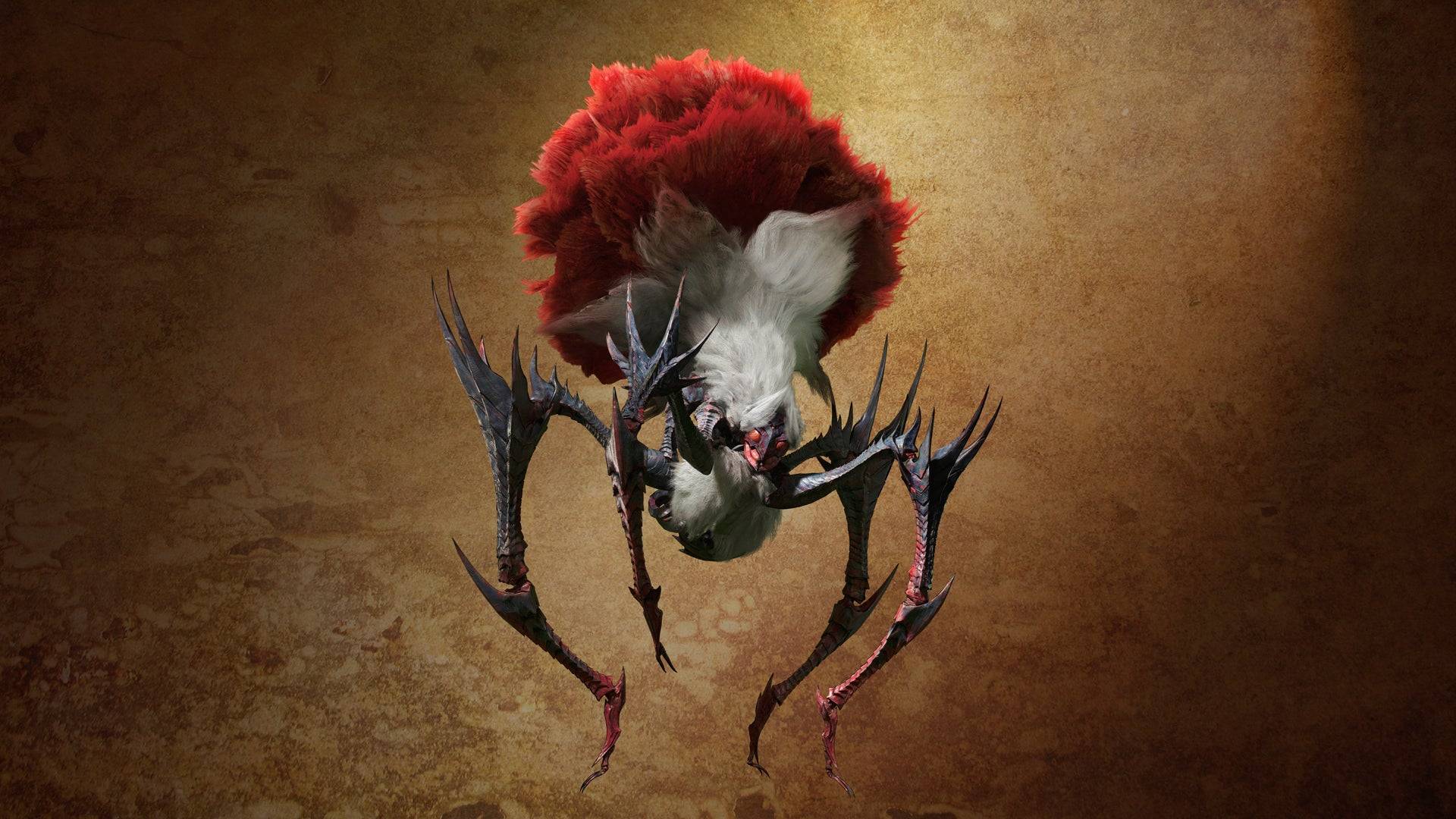
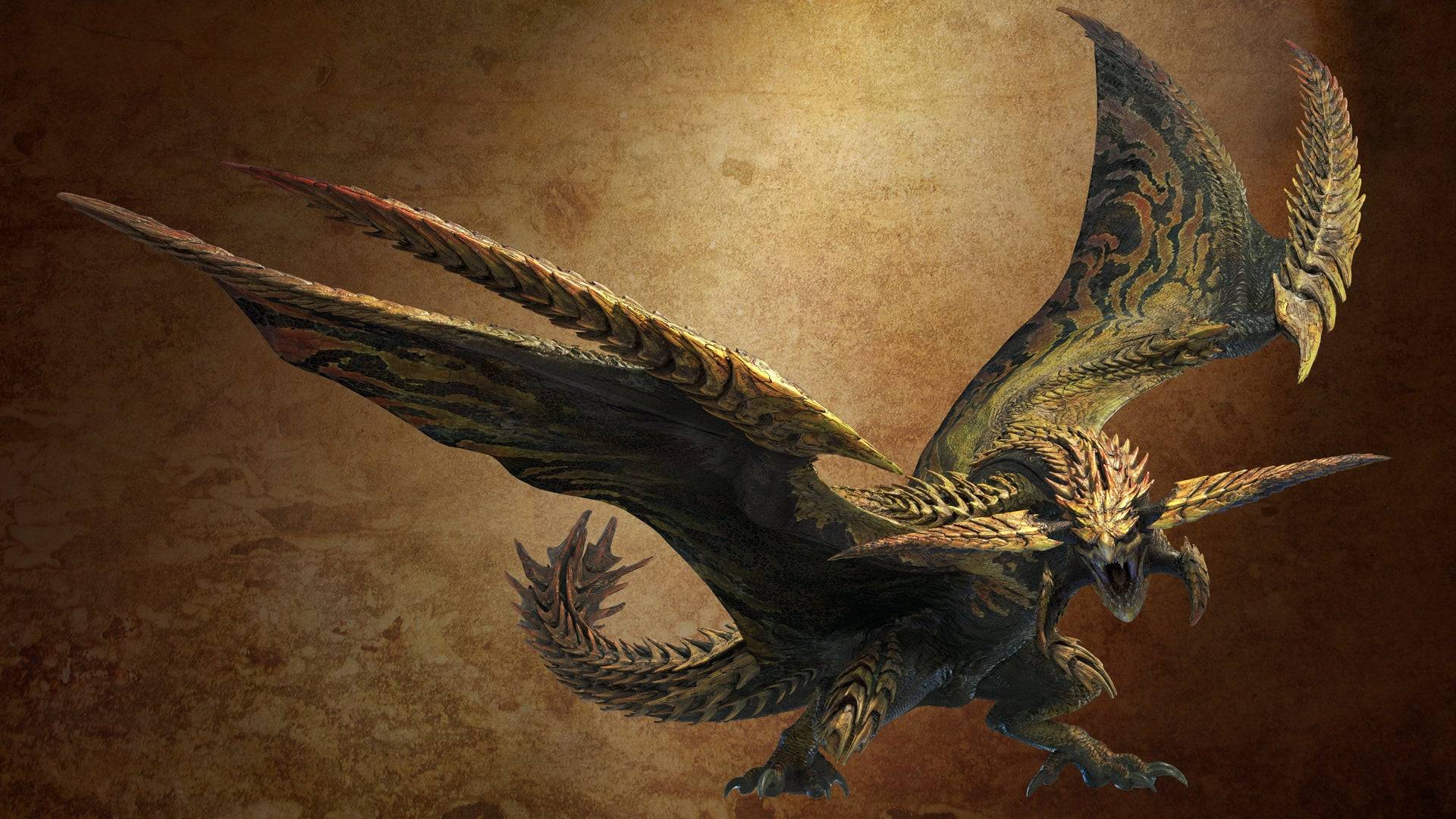
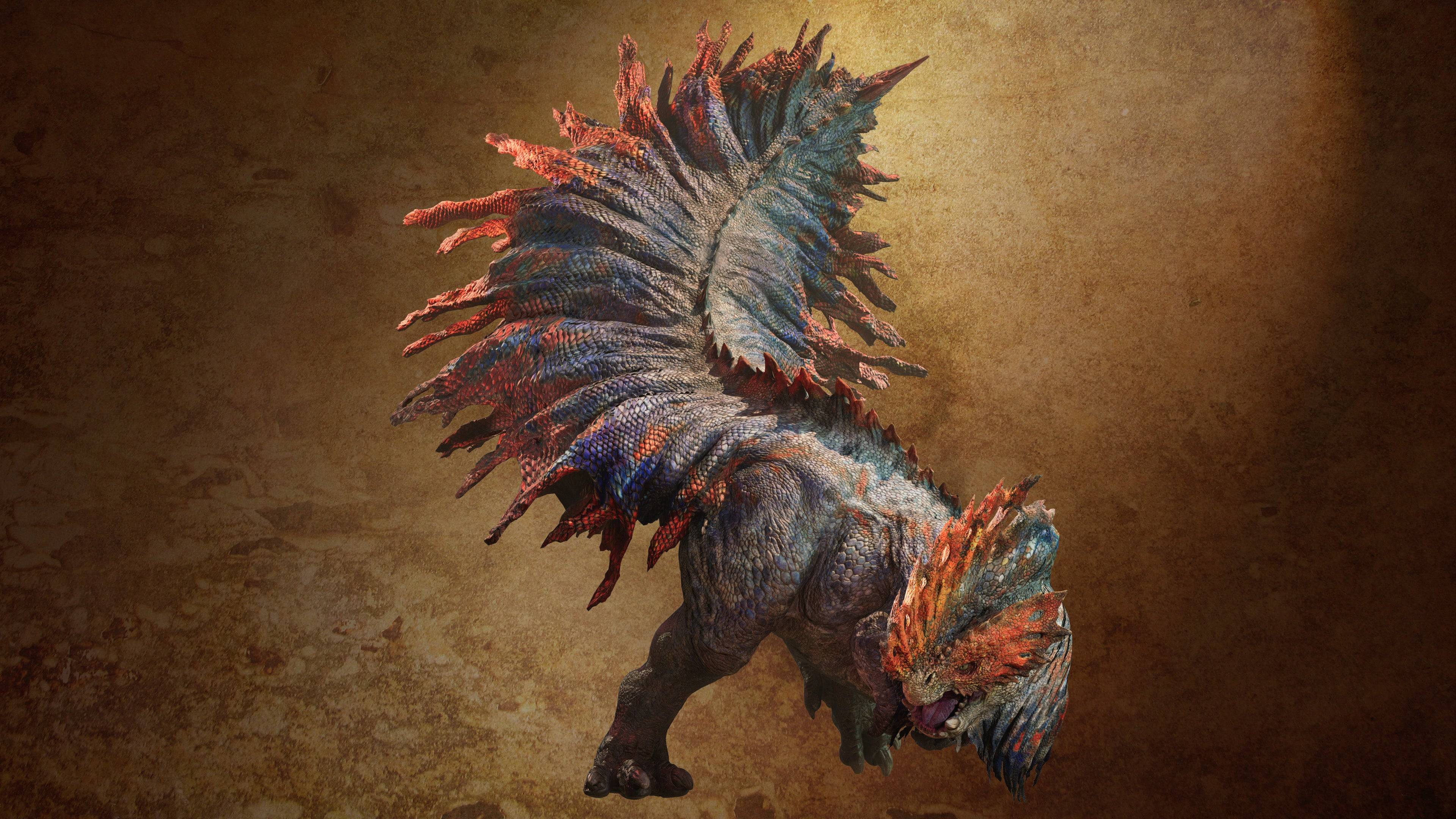
The inclusion of Gravios raises the question of Basarios' appearance. Fujioka confirms Basarios' absence for now.
The Monster Hunter team carefully considers monster reappearances, ensuring their full utilization. Basarios' exclusion reflects this careful consideration. Many other monsters will also appear in the Oilwell Basin.
-
May 27,25Chimera Clan Boss Guide: Top Builds, Masteries & Gear for RAID: Shadow Legends RAID: Shadow Legends continues to push the envelope with its updates, and the Chimera Clan Boss stands out as the pinnacle of PvE challenges. Unlike the straightforward, power-centric battles of traditional Clan Bosses, Chimera demands adaptability, precise turn management, and an understanding of i
-
 Feb 02,25Pokemon GO Fest 2025: Dates, Locations, and Event Details Get ready for Pokémon GO Fest 2025! Niantic has announced the dates and locations for this year's in-person events earlier than usual, allowing ample time for planning. Pokémon GO Fest 2025 Dates and Locations: Niantic has confirmed three locations for GO Fest 2025, all in June: Osaka, Japan: May
Feb 02,25Pokemon GO Fest 2025: Dates, Locations, and Event Details Get ready for Pokémon GO Fest 2025! Niantic has announced the dates and locations for this year's in-person events earlier than usual, allowing ample time for planning. Pokémon GO Fest 2025 Dates and Locations: Niantic has confirmed three locations for GO Fest 2025, all in June: Osaka, Japan: May -
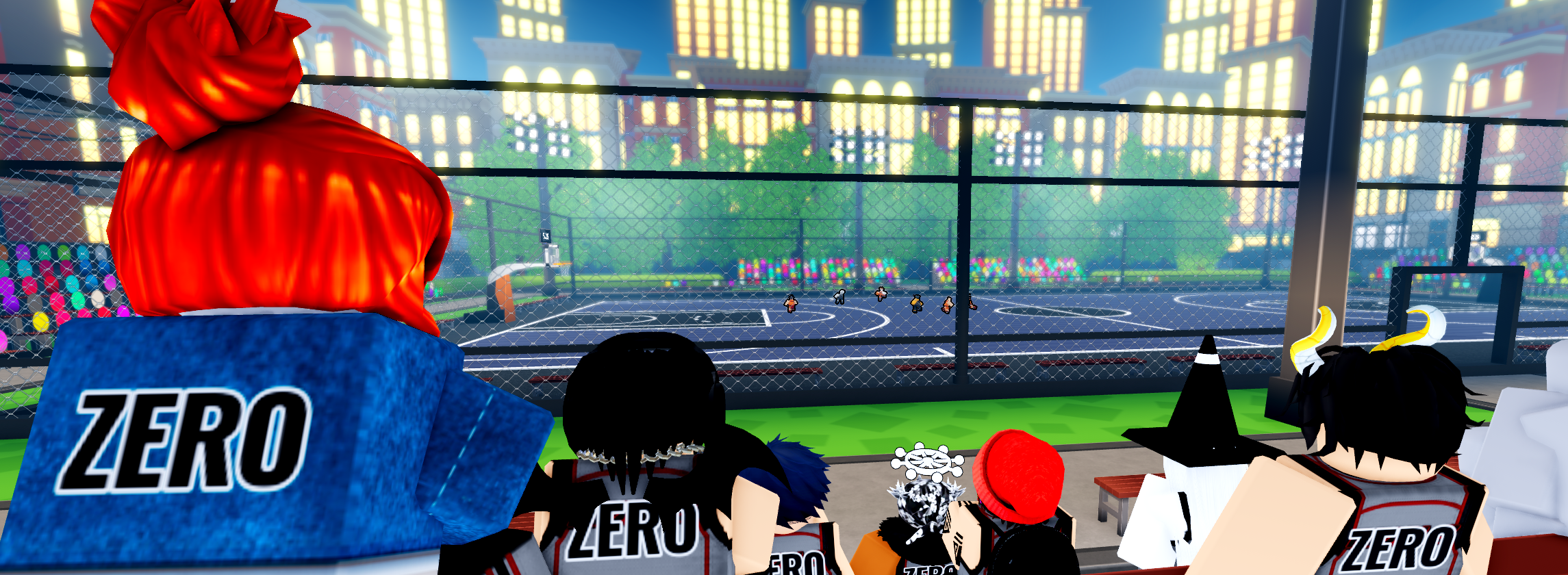 Mar 28,25Basketball: Zero Codes Released in March 2025 Last updated on March 26, 2025 - Checked for new Basketball: Zero codes!Ready to take your skills to the next level in Basketball: Zero on Roblox? We've got you covered with the latest working codes for March 2025. Use these to score Lucky Spins and cash, boosting your chances of dominating the cour
Mar 28,25Basketball: Zero Codes Released in March 2025 Last updated on March 26, 2025 - Checked for new Basketball: Zero codes!Ready to take your skills to the next level in Basketball: Zero on Roblox? We've got you covered with the latest working codes for March 2025. Use these to score Lucky Spins and cash, boosting your chances of dominating the cour -
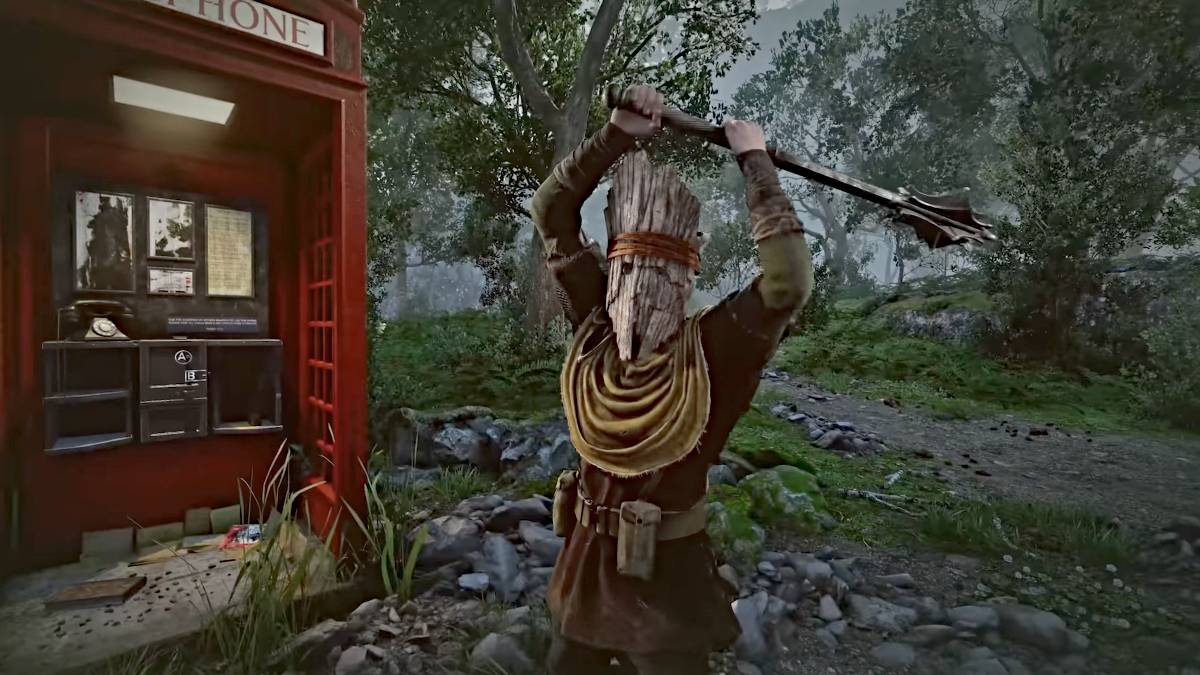 Apr 07,25Atomfall: All Crafting Recipes and Locations Revealed Crafting is an essential survival skill in *Atomfall*, crucial for creating weapons and recovery items. To master this skill, you'll need to gather the necessary crafting recipes. Here's a comprehensive guide to help you locate all the crafting recipes in the game.How to Use Crafting Recipes in Atom
Apr 07,25Atomfall: All Crafting Recipes and Locations Revealed Crafting is an essential survival skill in *Atomfall*, crucial for creating weapons and recovery items. To master this skill, you'll need to gather the necessary crafting recipes. Here's a comprehensive guide to help you locate all the crafting recipes in the game.How to Use Crafting Recipes in Atom
